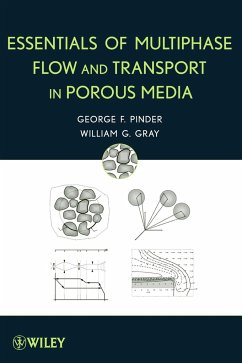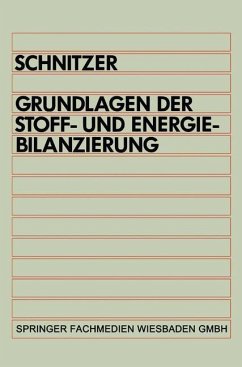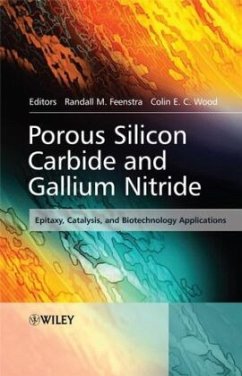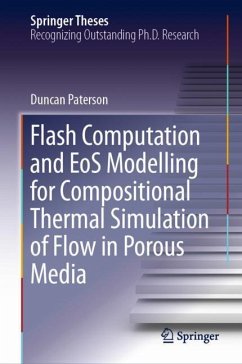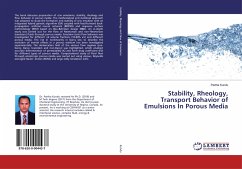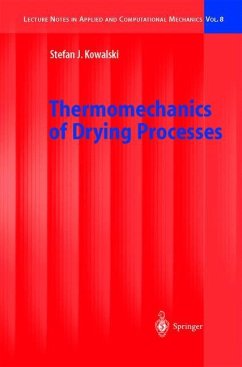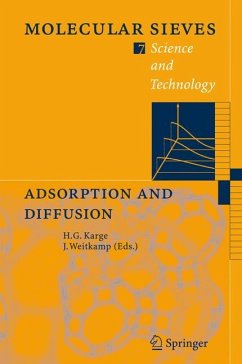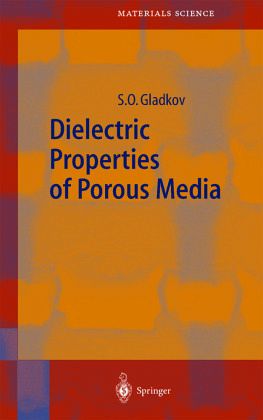
Dielectric Properties of Porous Media
Versandkostenfrei!
Versandfertig in 1-2 Wochen
77,99 €
inkl. MwSt.
Weitere Ausgaben:

PAYBACK Punkte
39 °P sammeln!
This monograph systematically presents the fundamentals of theoretical and experimental research into the most important physical characteristics of porous structures. Non-standard behavior of certain physical parameters, such as the breakdown of the electric field of porous substances, is described. The method of calculation of the thermal conductivity coefficient of porous dielectrics, based on the non-equilibrium principle, is illustrated in detail. This approach is then applied to the investigation of the properties of "disparate" substances such as cellulose matrices, composites, and fibrous structures. The book is intended for physicists, physical chemists and materials scientists at research and postgraduate levels; it may also be helpful to engineers and technical workers in the applied sciences.
This monograph is the ?rst systematic presentation of the theoretical fun- mentals of the physics of porous structures and it is intended for basic fa- liarization with the subject. That is why we tried to avoid, where possible, excessive mathematics and to pay as much attention to the visual presen- tion of the general physical picture of various phenomena as possible. Even in those cases where there is an accurate mathematical theory we avoid ri- rous mathematical proofs, assuming that the reader is acquainted with the fundamentals of quantum mechanics and statistical physics and in particular cases will be able to reproduce the calculations of interest. For a more detailed and sound study of particular problems the reader may refer to the original papers and monographs listed at the end of the book. The book includes ?ve chapters. The ?rst chapter deals with the model of porous medium based on the notion of the ?bril structure of substance which allows us theoretically analyzesome seemingly "desperate" problems. Moreover, included in this chapter is some information from the thermo- namics of equilibrium systems. The second chapter deals with a number of issues connected with the investigation of purely equilibrium characteristics of such structures, including heat capacity and mechanical strength. Ch- ter 4 concerns the physical bases of fast processes in porous media. Chapter 5 shows the development of a consistent theory of heat conduction in porous substances.



